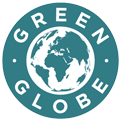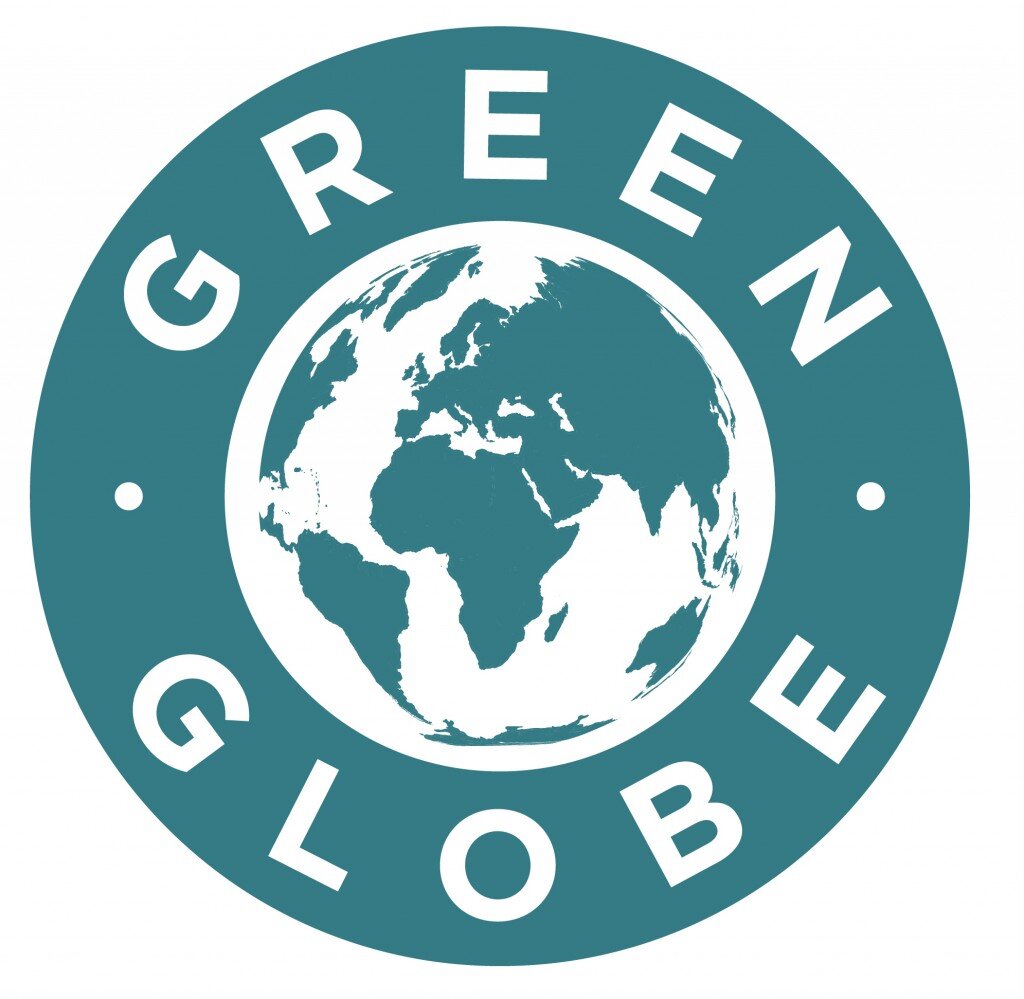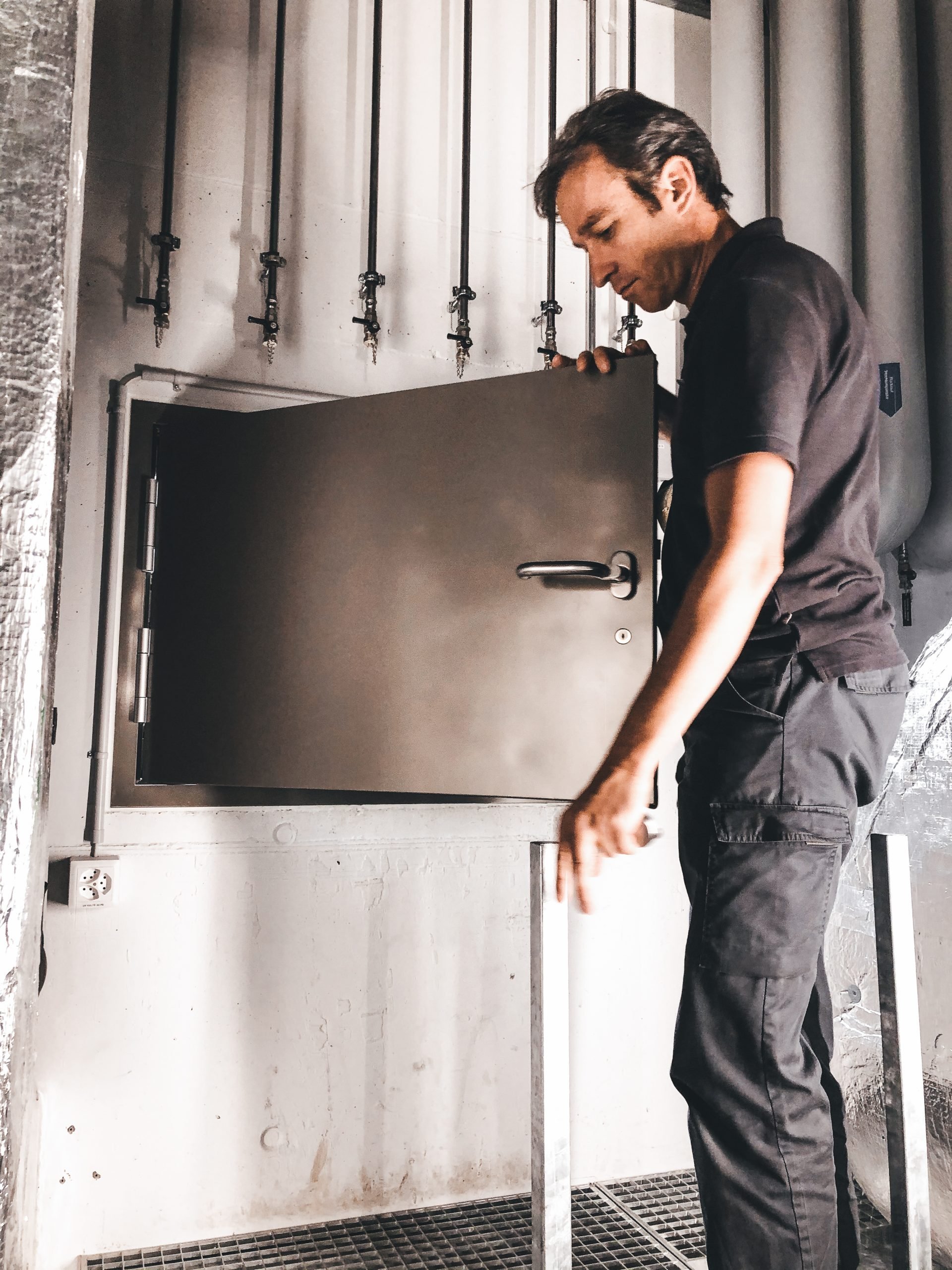Valsana Hotel: Highest Quality Swiss-Made Sustainability
When the Valsana Hotel, Arosa, Switzerland opened in 2017 sustainability was put at the heart of the project. This continues to be a major focus for the hotel and the ethos has been embraced by their staff. The hotel was built with sustainable technologies and materials. Materials, such as wood from the "old" Valsana buildings, were used in construction of new buildings.
Valsana Hotel lies on the edge of the Arosa forest with untouched natural meadows instead of lawn surrounding the property plus its very own apiary that produces honey and promotes biodiversity. The Executive Chef Tobias Fetz takes great care to ensure that all products are produced sustainably, and the Head of Housekeeping Sandra Marques ensures that only environmentally friendly and certified cleaning agents are used.
Valsana Hotel was first certified by Green Globe in 2020 and has recently been recertified with compliance score of 92%, indicating its elite status as a sustainable hospitality business. The Valsana Green Team is comprised of staff members representing individual departments. The Team meets once a week to discuss options and ideas that will further improve daily business operations and foster responsible behavior in terms of the implementation of sustainability practices and future green initiatives.
Valsana’s Game Changing Ice Battery
A central element of the sustainable processes at the Valsana Hotel is the hotel’s ice battery. This incredibly innovative temperature converter is used to power the hotel. Coupled with a sophisticated heat recovery system, the Valsana does not need oil or electric heating.
The entire Valsana complex is heated using geothermal probes and by capturing and reusing waste heat from other appliances (commercial cooling systems, server rooms) that is ordinarily lost to the surroundings. This waste heat is stored in a large tank or “ice battery”, essentially a large water tank (850 m³) housing a 400m pipe made up of 1.5 m high pipes.
Heat pumps draw their energy directly from this storage tank. A water-glycol mixture flows through these pipes which are in turn connected to the heat pump circuitry. When the heat pumps extract a large amount of energy, the water in the pipes freezes to form an ice block. The waste heat from the heat recovery system is fed back into the water basin to thaw the ice. If more waste heat is generated than energy withdrawn, the ice is melted and the water in the circuitry can heat up to 15°C.
Waste Water Heat Recovery
A large part of the hotel’s thermal energy requirement is used for heating water. The kitchen and especially the spa have a great demand for hot water. More than 50% of the heat emissions from the used water can be captured and recycled before the water is discharged into the sewage system. The waste heat is fed into the ice battery at relatively low temperatures, once again storing energy through the combined effect of freezing and thawing the water- glycol mixture.
To further enhance its low-energy performance, Valsana Hotel has 100% LED lighting installed throughout the property and all windows are triple glazed and covered partially with window film to provide improved insulation.
Ice Battery Advantages:
• Autonomous energy concept is autonomous
• It produces no emissions
• Large CO2 savings
• 100% recovery of waste heat
• Heat recovery systems are very efficient as temperatures as low as 5 C can be used to melt the ice in the “battery”
• Regeneration of the geothermal probes through waste heat during summer time
Power Saving System Facts:
• Latent ice storage with 850 m³ volume
• 2200m earth probes, 20 boreholes at approx. 100m depth
• Waste heat recovered from neighboring supermarket approx. 150,000 kWh/year
Sustainability at The Tschuggen Collection
The Tschuggen Collection has been climate neutral since 2019. The collection minimizes its CO2 emissions through continuous investment in cutting-edge technology and offsets the remaining footprint with carefully selected carbon-credit projects in Switzerland and the developing world. These include work with myclimate and extensive climate protection projects, such as the re-wilding of bogs near Tourbières des Ponts-de Martel and helping protect the habitat of mountain gorillas in Rwanda
Contact:
Constanze Grossmann
Director of PR
The Tschuggen Collection
Zeltweg 7
8032 Zürich
Switzerland
Phone:+41 79 279 5536
C.Grossmann@tschuggencollection.ch
www.tschuggencollection.ch
Bradley Cox
Director Communications
Green Globe Certification
1223 Wilshire Blvd. Suite 925
Santa Monica, CA 90403 / U.S.A.
Phone: +1-310-337-3000 ext. 105
Skype: Direct +1 760 536 6581
Mobile: +61 400 848 746
bcox@greenglobe.com
www.greenglobe.com
About Green Globe Certification
Green Globe is the worldwide sustainability system based on internationally accepted criteria for sustainable operation and management of travel and tourism businesses. Operating under a worldwide license, Green Globe is based in California, USA and is represented in over 83 countries. Green Globe is an Affiliate Member of the United Nations World Tourism Organization (UNWTO). For information, please visit www.greenglobe.com



